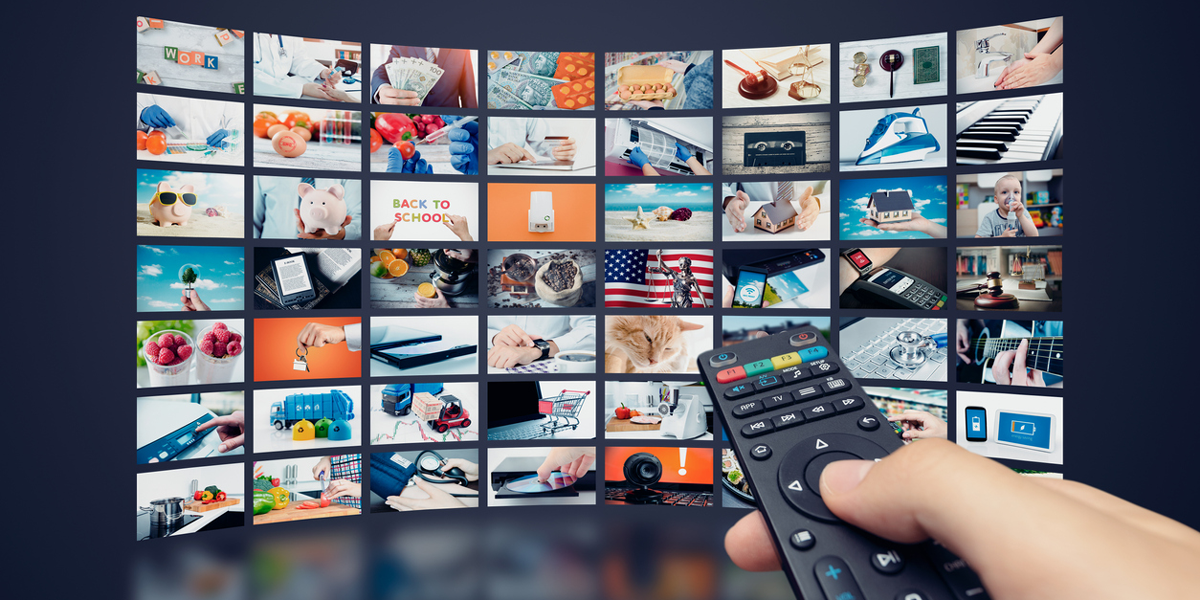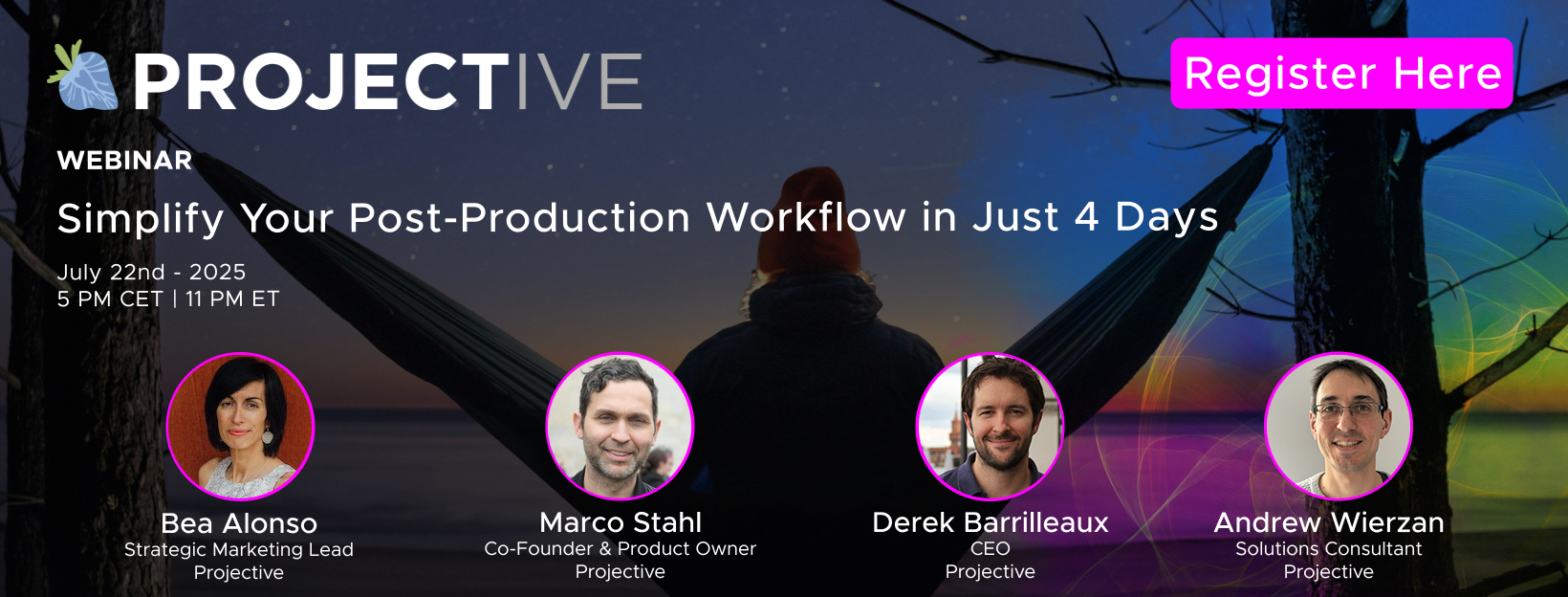VOD Voices: Life in the FAST Lane

Posted on Apr 20, 2023 by FEED Staff
A repository of top-notch content isn’t the only thing you need to launch a FAST channel. You need powerful tools that can programme a wide array of VOD content into a linear channel – alongside dynamic ad insertion
Free ad-supported TV (FAST) is the hottest ticket in the connected TV universe. Whereas the US leads with more than 300 FAST channels, in Europe – which has more entrenched public broadcast services – there are anywhere between 45 and 140 FAST channels in each of France, the UK, Germany, Italy and Spain.
Among the reasons: consumers appreciate a stripped-back, linear viewing experience, and many more are willing to trade watching ads for content that’s free. That means there’s money to be made. In the US an overwhelming 92% of households are reachable with CTV advertising.
A FAST channel would seem to offer a win-win for content owners, publishers and end-users alike, but before you start making and monetising one, there are a few building blocks to get to grips with.
“What we are witnessing first-hand is a FAST land grab as content owners rush headlong to adopt a YouTube-style business model in order to quickly start monetising their VOD catalogue,” says Julien Signes, SVP and GM video network at Synamedia. “However, this locks content owners into a proprietary platform with unfavourable rates of ad revenue sharing.”
The issue Signes identifies is that when distributing a FAST channel on third-party services – for example on an LG or Samsung TV, Pluto TV or Rakuten TV, or devices like Roku sticks – then channel owners won’t necessarily have full control over the ad inventory.
“That increases the risk of degrading the user experience with the same low-quality ads played repeatedly,” confirms video services and platform developer Zype. “This can cause viewers to avoid your channel, and your ad revenue will likely drop.”
In addition, third-party platforms may take a cut of any ad revenue as a commission. However, these issues don’t emerge if you launch and distribute a FAST channel on your own OTT platform, where you can customise the ad experience and collect first-party data to analyse content performance.
“Technology is fundamental for the sustainability of any FAST platform because its success is dependent on the quality of service,” says Krsto Lazić, sales manager at iWedia, part of the ZEGi group. “This means that the whole video pipeline needs to be state-of-the-art, from encoders, packagers and CDNs all the way to the player on the client device, especially when looking at bigger screens where the end user’s tolerance for errors and issues is very small. Operators building their own platforms must opt for market-proven solutions, both for infrastructure and client software.”
The solution needs to be scalable enough to support originating several channels and to cope with viewership spikes as they happen. Additionally, adapting to the different tech requirements – which range from ad marker syntax and EPG to poster formats – of local and international FAST platforms is highly important.
“To make content more discoverable, EPG and metadata must be correctly populated with the right keywords, and with agile technical adaptation to the different FAST platforms’ EPG-ingest requirements,” says Ahmed Swidan, director of personalised TV at Ateme. “Ultimately, these FAST channels are made for profit, so all of the above needs to be achieved while maintaining healthy economics for the content owner.”
Creating simple metadata (eg defining the content type and title) can have a direct and dramatic impact on expected CPMs.
Then comes the bigger-picture question: how can FAST platforms differentiate from each other? The answer is partially the most popular sentence in our industry: content is king. The better the content, the more viewers will want to consume it.
“We’ve seen several established web publishers entering FAST with niche channels (cooking, travel, crime, etc) that are capturing viewers’ attentions on the big screen,” says Swidan. “How content is scheduled on each channel also seems to influence viewership, but this seems more art than science.”
Do or DAI
Since ads are where the bulk of money is made, it stands to reason that dynamic ad insertion (DAI) is one of the principal technologies to get right. “Building a bespoke, targeted ad insertion solution from scratch can be done,” says Lazić. “However, it is incredibly complex, with multiple devices, formats, standards, suppliers and ecosystem partners to deal with, and is likely to take well over a year to develop, and even longer to get to market.”
He insists, “That’s why investing in a technology that is pre-integrated with advertising platforms and multi-vendor environments in order to maximise inventory sales might be the best and most cost-effective solution.”
DAI and manifest manipulation are the fundamental pillars of FAST. They enable contextualisation of content for all streaming workflows, while boosting monetisation to boot.
“DAI is a triple win,” asserts Olivier Karra, cloud solutions marketing director at Broadpeak. “Advertisers can target and reach the right audience more efficiently. Viewers get more relevant ads and in a more controlled way (such as with frequency capping). Furthermore, all parties including streaming service providers, supply-side platforms, ad servers, server-side ad insertion (SSAI) technology providers and publishers share better CPM values.”
Most sophisticated playout software platforms offer SSAI tools to connect an ad server and manage ad insertion. Most playout solutions also allow you to connect to a third-party SSAI, such as Freewheel or Google Ad Manager.
“While a good playout solution will provide in-depth audience data and analytics on its own, you can take things up a notch by using integrated technology partners, like Iris.tv,” says Zype, promoting its own stack. “With this, you get concrete data on individual scenes in a video, and can use that to improve targeting and deliver a better ad experience to users.”
With third-party cookies being phased out, many countries have started to enforce protection of personal private data. In Europe, streaming service providers must comply with GDPR and collect an explicit opt-in consent from end users.
“That means supply-side platforms will not return any targeted ad if the IAB consent string is not collected and forwarded,” informs Karra. “In this case, non-targeted or default ads can be used, but this is a fallback strategy.”
Playout solutions can offer drag-and-drop interfaces, similar to a video-editing tool, that make it easy to create a linear, 24/7 channel and insert pre- and mid-roll ad breaks. To simplify and even automate creation of programming schedules, you can schedule or loop individual videos, playlists and programming blocks.
That said, the evolution of FAST, as well as AVOD and ad-supported SVOD, is to move beyond content-based targeting to a personalised method.
“There is still much to be explored and the answer will need to come from trial and error,” says Lazić. “In 2023, we should see many Tier 2 and 3 operators starting trials, following the success of early adopters such as SK Broadband and LG U+. We also expect investment from TV platforms such as Samsung, LG, Roku and Android TV in this area, plus ad-tech companies looking for market share, maximising revenue and testing how much further we can take targeted advertising.”
This article first featured in the spring 2023 issue of FEED magazine.
Explore our platforms and distribution archives











